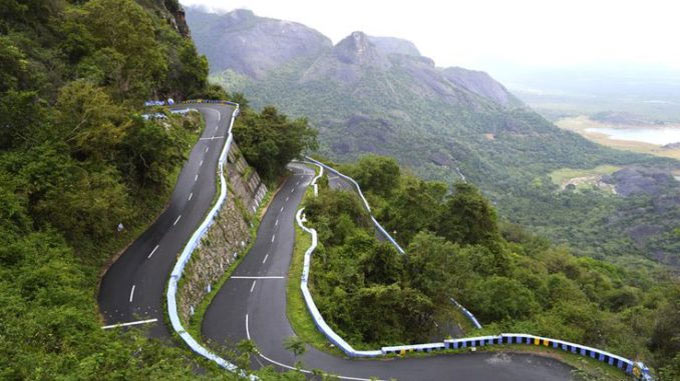
Brief overview of gradient in transportation engineering
Gradient: The gradient stands for the expression of slope or inclination in numbers. Alternatively, it defined as the rate of surge or slump along the length of the road relating to the horizontal.
On the road gradient remains negative or positive asserting fall or rise of the road correspondingly. The positive gradient or the ascending is represented as +n and the negative gradient as ?n. The deviation angle N is formed when two grades connect, the angle that calculates the change of directions and is provided with the algebraic variance among the two grades (n1 ? (-n2 )) = n1 + n2 = a1 + a2. As for instance - 1 in 30 = 3.33 % ? 2? is a steep, whereas 1 in 50 = 2 % ? 1? 10? is a flatter gradient.
Classifications of gradient :
Ruling Gradient: The ruling gradient or the maximum gradient can be used by the designer to design the vertical profile of the road. It is based on the terrain, length of the grade, speed pulling power the vehicle and the existence of the horizontal curve.
In flatter terrain, there is scope to arrange flat gradient, but in hilly terrain it can?t be done as it is not cost-effective and is very complicated. The ruling gradient is implemented by the designer in view of a particular as the design and for a design vehicle containing standard dimensions. Because of a heterogeneous traffic, it becomes difficult to establish proper standards for the overall country. For this reason IRC has set some values for controlling gradient for various types of terrain.
Limiting gradient: This gradient is suitable if the ruling gradient leads to significant rise in construction cost. The gradient is steeper as compared to ruling gradient. It is used for limited road length. It is mainly applicable where the topography of place requires implementing steeper gradient than ruling gradient to reduce the cost of road construction.
Exceptional Gradient: Exceptional Gradient is very steeper that is provided at undeniable situations. They should be restricted for short stretches not surpassing about 100 metres at a stretch. In mountainous and steep terrain, consecutive exceptional gradients should be divided by a minimum 100 metres length gentler gradient. At hairpin bends, the gradient is confined to 2.5%.
Minimum gradient: It is suitable only at places where surface drainage is vital. Camber will deal with the lateral drainage. But the longitudinal drainage along the side drains need some slope for discharging water without any trouble. So, minimum gradient is arranged for drainage purpose depending on rain fall, type of soil and other site conditions.
A lowest of 1 in 500 is acceptable for concrete drain and 1 in 200 for open soil drains.


